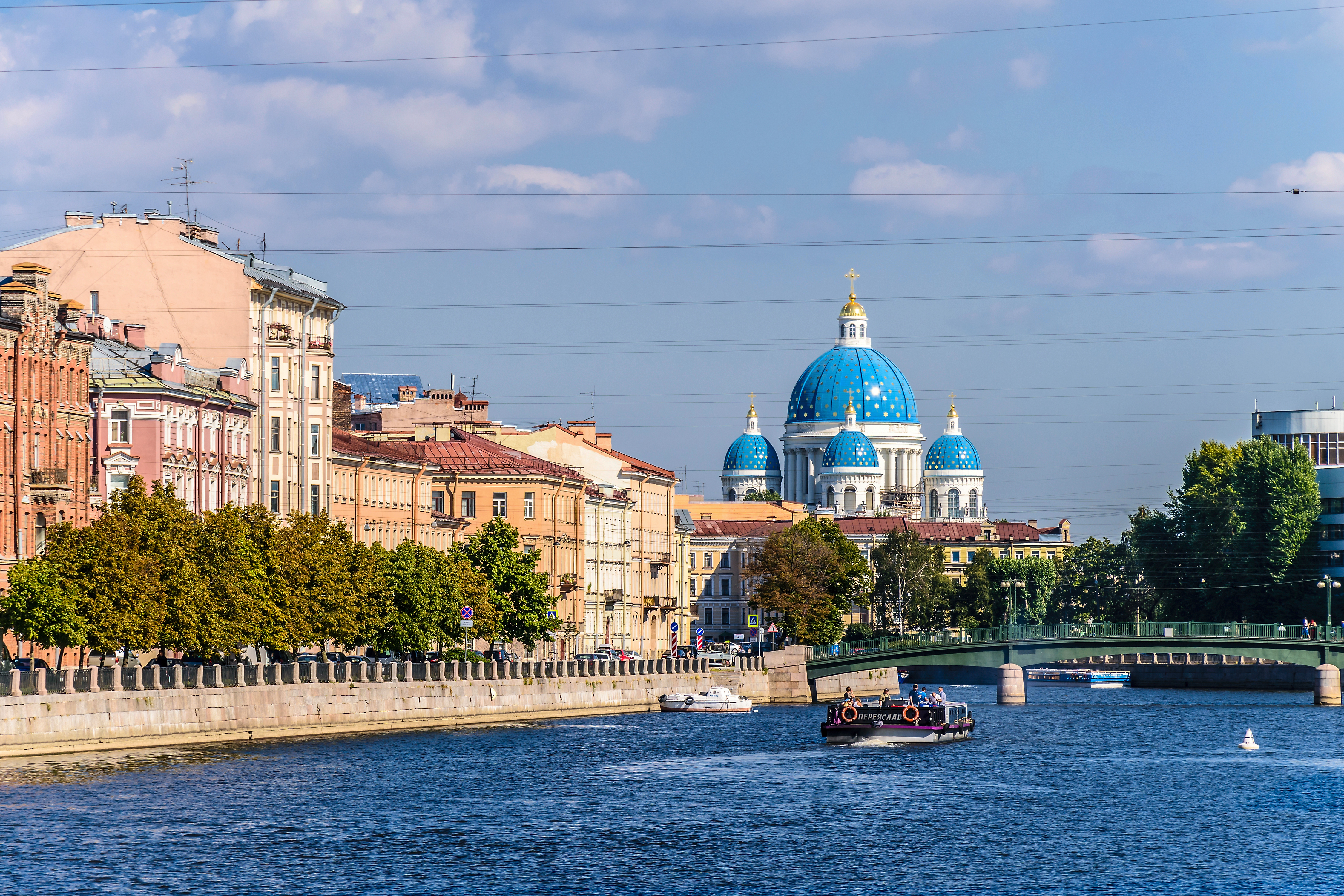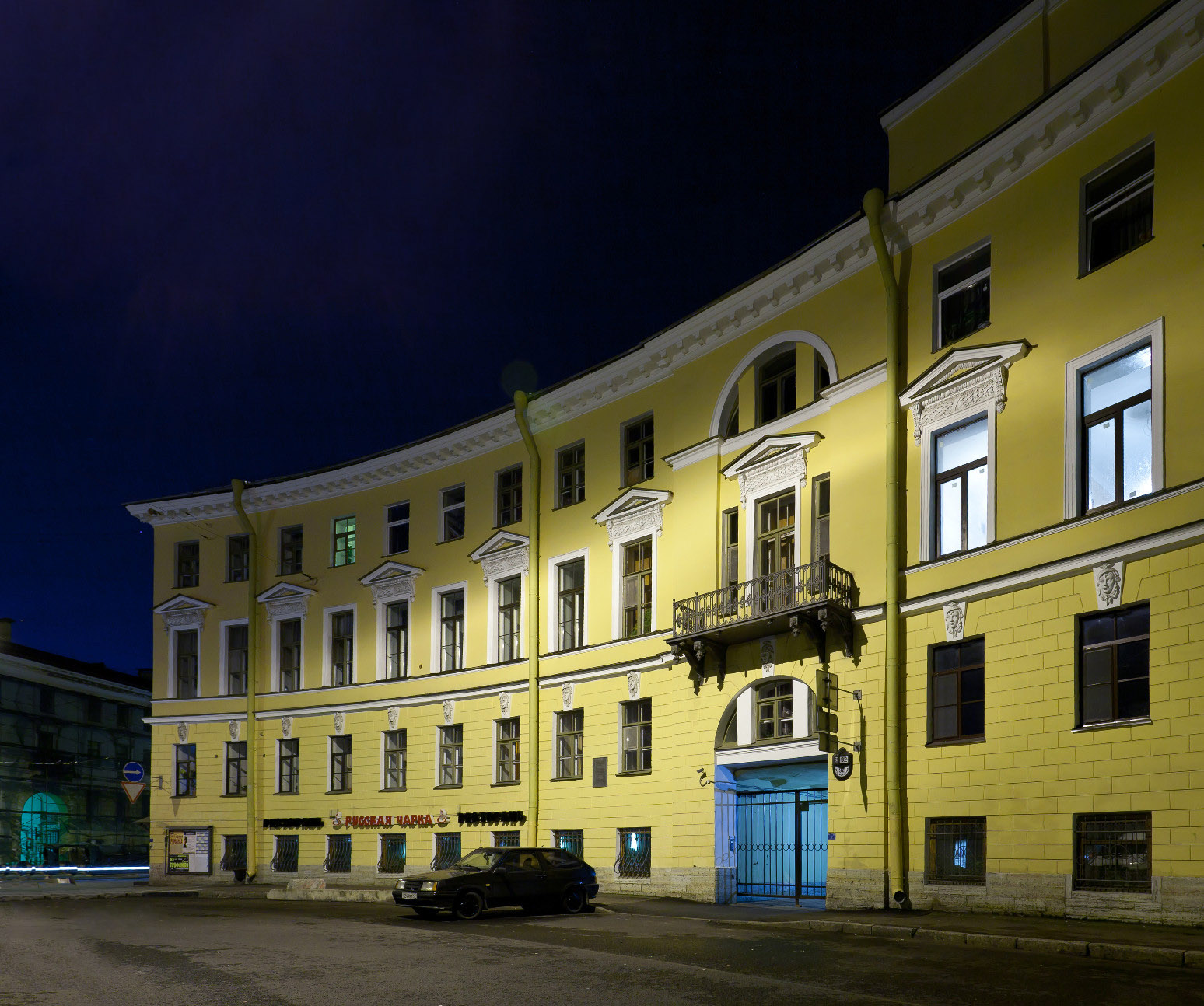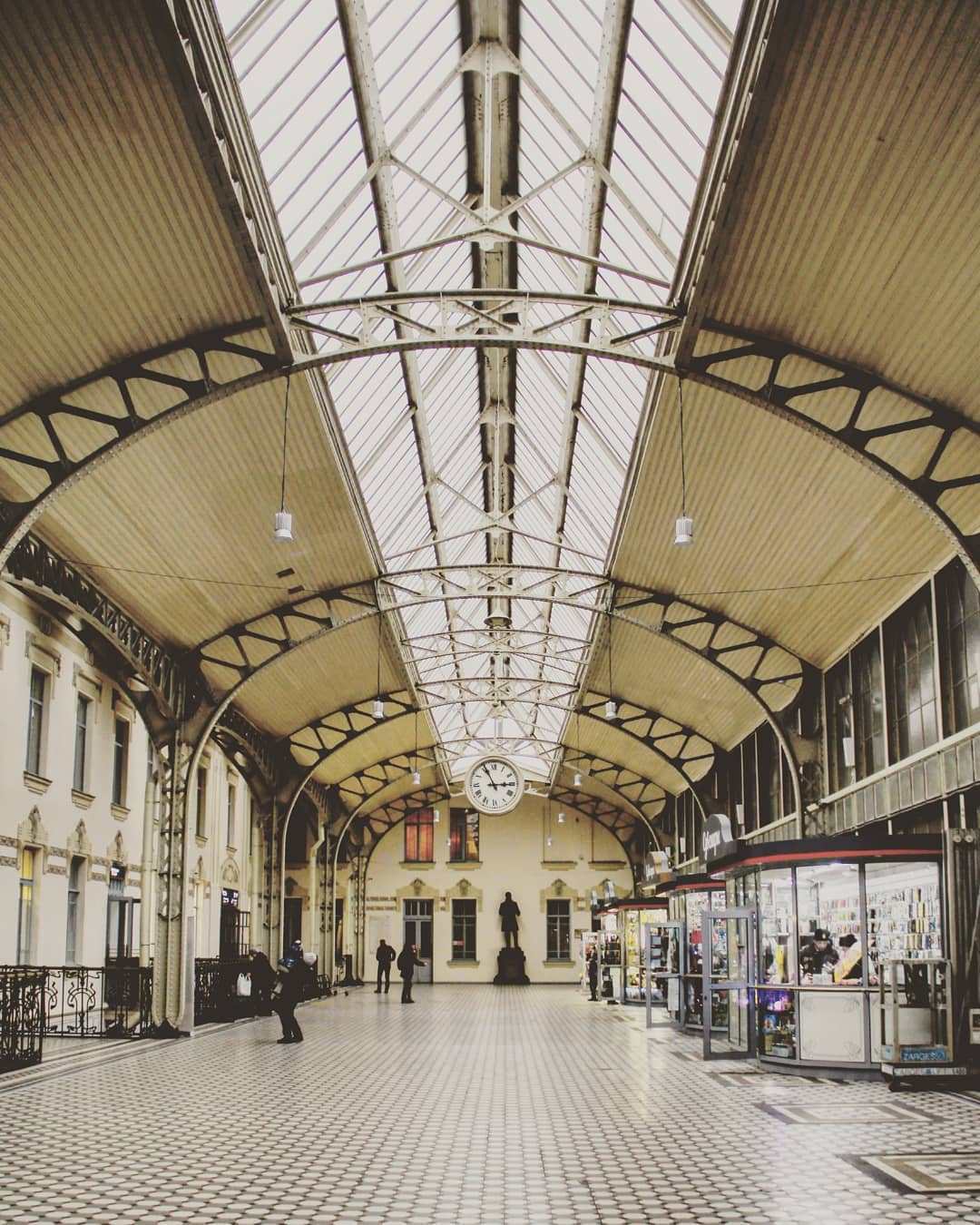|
Semyonovsky Municipal Okrug
Semyonovsky Municipal Okrug (russian: Семёновский муниципа́льный о́круг), formerly Municipal Okrug #4 (), is a administrative divisions of Saint Petersburg, municipal okrug of Admiralteysky District of the federal cities of Russia, federal city of Saint Petersburg, St. Petersburg, Russia. Population: It borders the Fontanka River in the north, Gorokhovaya Street in the east, Obvodny Canal in the south, and Moskovsky Avenue in the west. Places of interest include Vitebsky railway station and Saint Petersburg State Institute of Technology. References {{Use mdy dates, date=April 2013 Admiralteysky District, Saint Petersburg ... [...More Info...] [...Related Items...] OR: [Wikipedia] [Google] [Baidu] |
Administrative Divisions Of Saint Petersburg
The federal city of Saint Petersburg, Russia, is divided into eighteen ''rayony'' ("districts", russian: районы, singular: ''rayon''), which are in turn subdivided into municipal okrugs, municipal towns, and municipal settlements. Admiralteysky District Frunzensky District Kalininsky District Kirovsky District Kolpinsky District Krasnogvardeysky District Krasnoselsky District Kronshtadtsky District Kurortny District Moskovsky District Nevsky District Petrodvortsovy District Petrogradsky District Primorsky District Pushkinsky District Tsentralny District Vasileostrovsky District Vyborgsky District References Notes Sources * See also *Saint Petersburg City Administration {{Saint Petersburg Saint Petersburg Saint Petersburg ( rus, links=no, Санкт-Петербург, a=Ru-Sankt Peterburg Leningrad Petrograd Piter.ogg, r=Sankt-Peterburg, p=ˈsankt pʲɪtʲɪrˈburk), formerly known as Petrograd (1914–1924) and late ... [...More Info...] [...Related Items...] OR: [Wikipedia] [Google] [Baidu] |
Admiralteysky District
Admiralteysky District (russian: Адмиралте́йский райо́н) is a district of the federal city of St. Petersburg, Russia. As of the 2010 Census, its population: was 157,897; down from 187,837 recorded in the 2002 Census. Geography The district borders the Neva River in the north and in the west, the Yekateringofka River in the southwest, areas around Gorokhovaya Street in the east, and areas around Zagorodny Avenue in the south. History It was established on March 11, 1994 as a result of the merger of Leninsky and Oktyabrsky Districts.Official website of the Administration of St. PetersburgAdmiralteysky District. General Information. Municipal divisions Admiralteysky District comprises the following six municipal okrugs:Law #411-68 * Admiralteysky * Izmaylovskoye *Kolomna Kolomna ( rus, Колóмна, p=kɐˈlomnə) is a historical city in Moscow Oblast, Russia, situated at the confluence of the Moskva and Oka Rivers, (by r ... [...More Info...] [...Related Items...] OR: [Wikipedia] [Google] [Baidu] |
Federal Cities Of Russia
In the Russia, Russian Federation, a city of federal importance ( rus, город федерального значения, r=gorod federalnogo znacheniya), also known as a federal city, is a types of inhabited localities in Russia, city that has a status of both an inhabited locality and a constituent Federal subjects of Russia, federal subject. There are two federal cities within Russia's internationally recognised territory: Moscow and Saint Petersburg. , Sevastopol, which is internationally recognised as part of Ukraine, is currently occupied by Russian forces and described by the Russian government as Russia's third federal city. Moscow and Saint Petersburg are list of cities and towns in Russia by population, the largest cities in the country: Moscow is the capital city, national capital and Saint Petersburg is a previous Russian capital and important port city in the Baltic Sea. Sevastopol is located in Crimea, which is internationally recognised as part of Ukraine. ... [...More Info...] [...Related Items...] OR: [Wikipedia] [Google] [Baidu] |
Saint Petersburg
Saint Petersburg ( rus, links=no, Санкт-Петербург, a=Ru-Sankt Peterburg Leningrad Petrograd Piter.ogg, r=Sankt-Peterburg, p=ˈsankt pʲɪtʲɪrˈburk), formerly known as Petrograd (1914–1924) and later Leningrad (1924–1991), is the second-largest city in Russia. It is situated on the Neva River, at the head of the Gulf of Finland on the Baltic Sea, with a population of roughly 5.4 million residents. Saint Petersburg is the fourth-most populous city in Europe after Istanbul, Moscow and London, the most populous city on the Baltic Sea, and the world's northernmost city of more than 1 million residents. As Russia's Imperial capital, and a historically strategic port, it is governed as a federal city. The city was founded by Tsar Peter the Great on 27 May 1703 on the site of a captured Swedish fortress, and was named after apostle Saint Peter. In Russia, Saint Petersburg is historically and culturally associated with t ... [...More Info...] [...Related Items...] OR: [Wikipedia] [Google] [Baidu] |
Russia
Russia (, , ), or the Russian Federation, is a List of transcontinental countries, transcontinental country spanning Eastern Europe and North Asia, Northern Asia. It is the List of countries and dependencies by area, largest country in the world, with its internationally recognised territory covering , and encompassing one-eighth of Earth's inhabitable landmass. Russia extends across Time in Russia, eleven time zones and shares Borders of Russia, land boundaries with fourteen countries, more than List of countries and territories by land borders, any other country but China. It is the List of countries and dependencies by population, world's ninth-most populous country and List of European countries by population, Europe's most populous country, with a population of 146 million people. The country's capital and List of cities and towns in Russia by population, largest city is Moscow, the List of European cities by population within city limits, largest city entirely within E ... [...More Info...] [...Related Items...] OR: [Wikipedia] [Google] [Baidu] |
Fontanka River
The Fontanka (russian: Фонтанка), a left branch of the river Neva, flows through the whole of Central Saint Petersburg, Russia – from the Summer Garden to . It is long, with a width up to , and a depth up to . The Moyka River forms a right-bank branch of the Fontanka. Lined along the Fontanka Embankment stand the former private residences of Russian nobility. This river, one of 93 rivers and channels in Saint Petersburg, was once named ''Anonymous Creek'' (in Russian, ''Bezymyannyi Yerik'', ''Безымянный ерик''). In Russian, ''yerik'' is a secondary or intermittent river-channel ( creek or brook). In 1719 the river received its present name, because water from it supplied the fountains of the Summer Garden. Until the mid-18th century the Fontanka River marked the southern boundary of Saint Petersburg. Along its banks stood the spacious messuages of members of the Russian Imperial Family and of the nobility, the most brilliant being the Summer P ... [...More Info...] [...Related Items...] OR: [Wikipedia] [Google] [Baidu] |
Gorokhovaya Street
Gorokhovaya Street (russian: link=no, Гороховая улица) is a north-south thoroughfare in the Central Business District of Saint Petersburg. Gorokhovaya Street is one of central Saint Petersburg's major thoroughfares, extending from the Admiralty and running south, crossing the Moyka River and the Griboyedov Canal, crossing Sadovaya Street near Sennaya Square. Continuing south, it crosses the Fontanka River with the Semenovsky Bridge, and ends at Zagorodny Prospect. History The street was planned and laid after the catastrophic fires of 1736 and 1738 destroyed most of the buildings on of Saint Petersburg. The original name Sredny Prospect (literally the Middle Prospect) outlined its connection to other two prospects converging on the Admiralty building, Saint Petersburg: Nevsky Prospect (known as Bolshoy, The Larger, Prospect) and Voznesensky Avenue (known as Maliy, The Lesser, Prospect). In 1770, the street received its present name Gorokhovaya Street (literally ... [...More Info...] [...Related Items...] OR: [Wikipedia] [Google] [Baidu] |
Obvodny Canal
Obvodny Canal (russian: Обводный канал, lit. Bypass Canal) is the longest canal in Saint Petersburg, Russia, which in the 19th century served as the southern limit of the city. It is long and flows from the Neva River near Alexander Nevsky Lavra to the Yekaterinhofka not far from the sea port. The canal was dug in 1769–1780 and 1805–1833. By the late 19th century, after to the Industrial Revolution, it had effectively become a sewer collecting wastewater of adjacent industrial enterprises. Eventually the canal became shallow and no longer navigable. The banks of the canal are lined with granite Granite () is a coarse-grained ( phaneritic) intrusive igneous rock composed mostly of quartz, alkali feldspar, and plagioclase. It forms from magma with a high content of silica and alkali metal oxides that slowly cools and solidifies under .... History Construction The channel was dug in 1769–1780s by an engineer L. K. Carbonnier, its course went from ... [...More Info...] [...Related Items...] OR: [Wikipedia] [Google] [Baidu] |
Moskovsky Avenue
Moskovsky Prospekt (russian: Моско́вский проспе́кт, ''Moskovsky Avenue'') is a 10 km-long prospekt in Saint Petersburg, Russia. It runs from Sennaya Square and Sadovaya Street, to Victory Square, where it splits into the Pulkovo Highway and Moscow Highway. It crosses the Fontanka River, Zagorodny Prospekt, Obvodny Canal, and Ligovsky Prospekt. It is named for and leads to Moscow. The prospekt began to develop as a part of the major route connecting the city with Moscow and south provinces. The original name of the prospekt was Tsarskoselskaya Doroga ("Route to Tsarskoe Selo") since it leads to imperial estates in Tsarskoye Selo. In the 1770s, marble mileposts were installed along the way; many have survived to this day. Among the historic buildings along the prospekt are the Saint Petersburg State Institute of Technology, the New Smolny Convent with the adjacent Novodevichy Cemetery. The intersection with Ligovsky Prospekt features the Moscow Tr ... [...More Info...] [...Related Items...] OR: [Wikipedia] [Google] [Baidu] |
Vitebsky Railway Station
St Petersburg-Vitebsky (russian: Ви́тебский вокза́л) is a railway station terminal in Saint Petersburg, Russia. Formerly known as ''St Petersburg-Tsarskoselsky'' station because its first line led to the suburban royal residences town of Tsarskoye Selo, it was the first railway station to be built in Saint Petersburg and the whole of the Russian Empire (while its present-day building is much newer). Later, with considerable extension of its lines, the station was renamed after a much farther destination - Vitebsk, a city in Belarus. Early history The station, located at the crossing of the Zagorodny Avenue and the now-vanished Vvedensky Canal, was inaugurated in the presence of Nicholas I of Russia on 30 October 1837 when the first Russian train, named ''Provorny'', departed from its platform for the imperial residence at Tsarskoe Selo. A replica of this train may be seen as a permanent exhibit at the modern station. The first building of the Petersburg Stat ... [...More Info...] [...Related Items...] OR: [Wikipedia] [Google] [Baidu] |
Saint Petersburg State Institute Of Technology
Saint Petersburg State Institute of Technology (Technical University) (russian: Санкт-Петербургский Технологический Институт (Технический Университет)) was founded in 1828. It is one of the oldest institutions of higher education in Russia, and it currently trains around 5,000 students. History In the past, the institute was named ''Imperial Petersburg Institute of Technology'' (russian: Императорский Петербургский Технологический Институт and ''Lensoviet Leningrad Institute of Technology'' (russian: Лениградский Технологический Институт имени Ленсовета), the institute's name changing with that of the city. During the Imperial period, unlike most other Russian universities, the institute did not require completion of gymnasium education as a condition of entry; the only requirement was to pass the institute's examinat ... [...More Info...] [...Related Items...] OR: [Wikipedia] [Google] [Baidu] |





